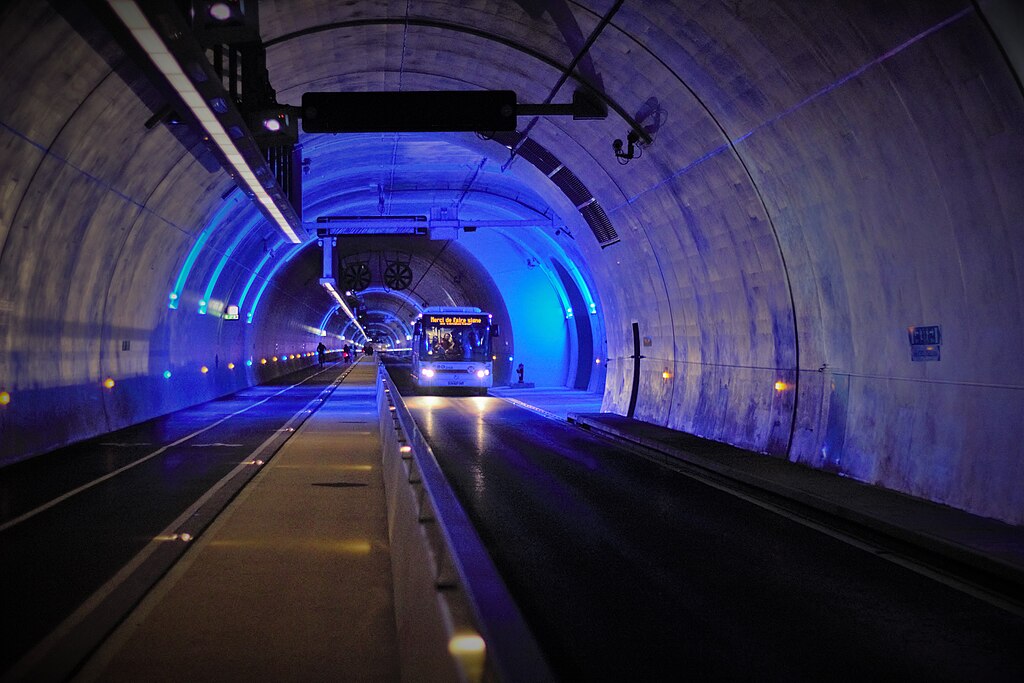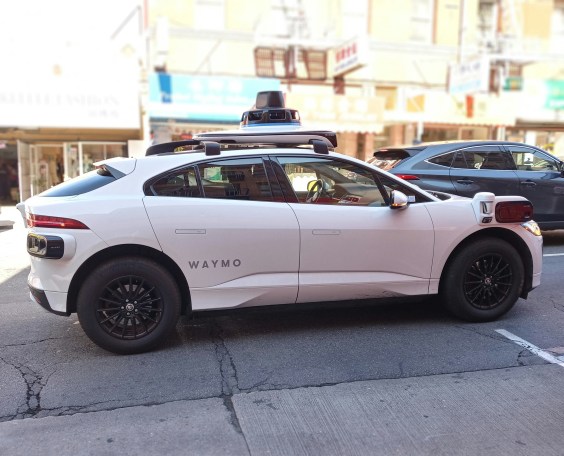 Photo: Don Maxwell/Flickr
Photo: Don Maxwell/FlickrThe
rider went down -- Boom! -- just as she turned to see if the streetcar
was getting close to her. Turning to look was her undoing, because her
wheel got caught in the big gap between rail and street, toppling her
hard. The big blue streetcar was only ten feet or so behind her, but
luckily was slowing down and did not run her over. Scary though.
Shaken but apparently not badly hurt, the rider, a young woman
in a light blouse and wearing a helmet, stood up to be greeted by the
streetcar conductor, who offered not sympathy but angry hectoring.
Didn’t she know that cyclists were not supposed to cycle in the
streetcar lane?
Standing by and watching all this while
preparing to board the streetcar in Seattle, I could only shake my head
in sadness. We have such a hard time doing mass transit right in this
country, particularly outside New York City. Seattle's shiny new
streetcar “system” was essentially brand new, but its flaws were
already readily apparent.
Let’s start with the tracks.
Isn’t there some system possible that does not leave what looked like a
three or four inch gap between the track and the street it is imbedded
in? I’m sure loyal Streetblog readers will supply me with the make and
model of something. I remember seeing that old footage from Barcelona
that showed all those cyclists swerving this way and that in front of
the streetcar, with apparently no fear of getting caught in the track
gap. Can’t we do that today? It certainly doesn’t make sense to exclude
cyclists from a whole lane of a street, one that could actually double
as a bike lane if built correctly.
Then there are the other problems.
The
streetcar line itself is only a little more than a mile long. (The
website says the line is 2.6 miles, but I think they are counting both
directions.) And it’s pretty expensive -- two dollars for what can be a
very short ride. I boarded for what turned out to be only half a mile
or so, in part because I’m still on a cane from my scooter accident.
Otherwise I would have walked. No sooner had I boarded and paid my two
dollars than we were there. I felt cheated. Minimal payment (or even no
fare) would be better, which of course would require better government
funding.
I feel guilty complaining about something that
obviously took a lot of effort. The streetcars themselves are quite
nice. I’m sure the organization is trying to do things well.
The
central problem, as an official with a California transit agency
recently told me, is that American cities and states tend to pursue
transit in a fragmented and uncoordinated fashion. Different agencies
representing different cities or states build different lines that
often connect to each other badly, if at all. Imagine if highways were
built as incoherently as rail systems. Somehow, the federal, state and
local highway agencies manage to work with each other at least enough
to have their projects connect.
Seattle has battled and
warred over its transit systems. The city often supports transit in
general but not in the particulars. Voters have approved a monorail
system several times, only to see the transit establishment and
political establishment help kill it. The city is nearing completion of
an extensive light rail system, but it is one of the most expensive in
the world. Downtown has this enormous bus tunnel -- the product of one
compromise between various interests. And now there’s the tiny new
streetcar system, which, to be fair, may expand and become much more
comprehensive. You have to start somewhere. Maybe they will figure out
a way to make it more compatible with biking, which certainly should be
the friend and not the enemy.




